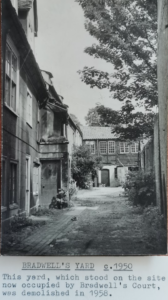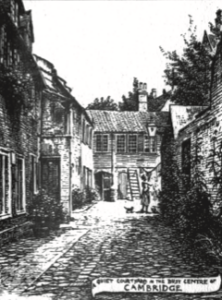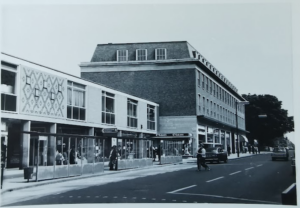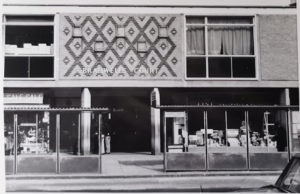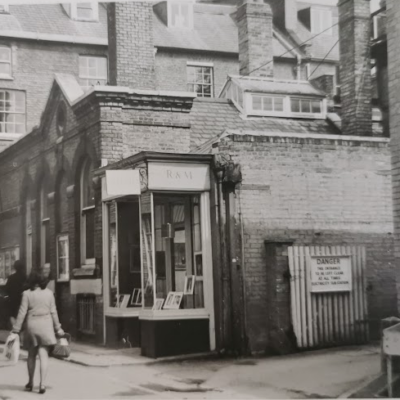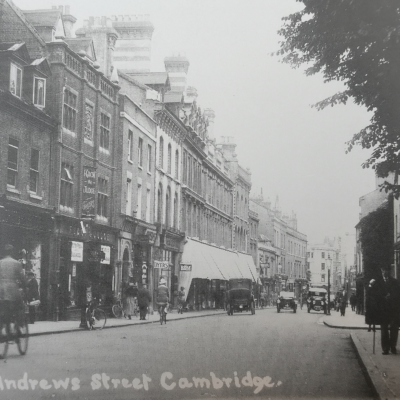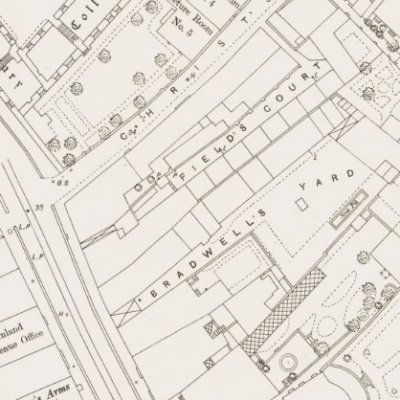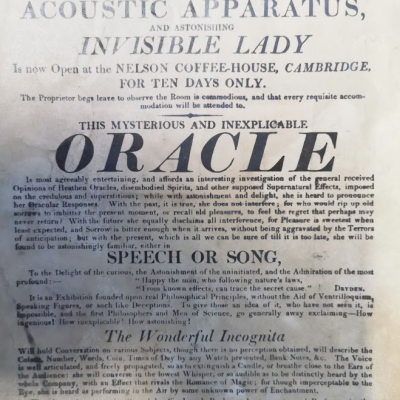Search by topic
- archaeology
- Building of Local Interest
- chapel
- charity
- church
- crime
- dressmaker
- fire
- Great Eastern Railway
- Listed building
- Mapping Relief
- medieval
- oral history
- poverty
- Public House
- Religious House
- Roman
- scholar
- school
- Then and Now
- tudor
- women
- work
- world war one
- world war two
Search by text
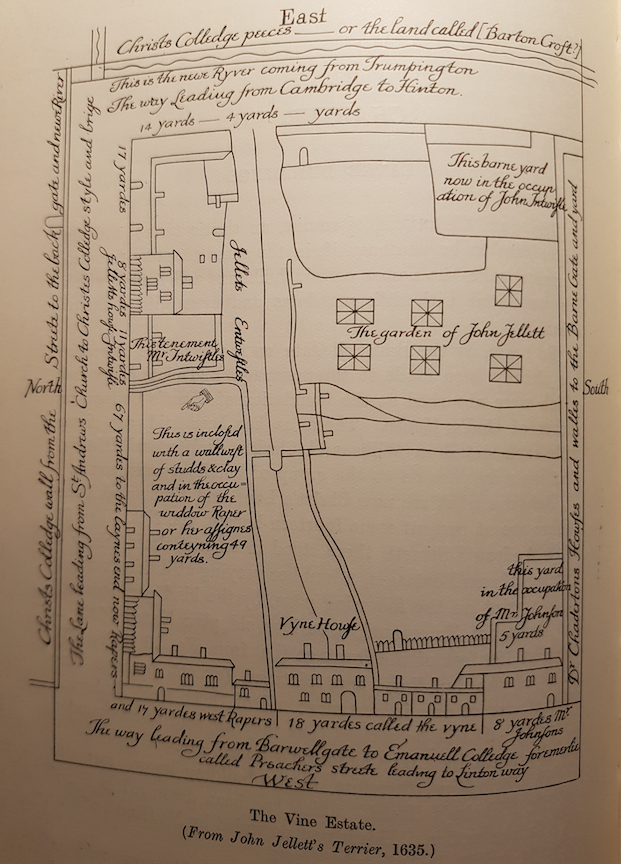 70 Sr Andrew's Street, The Vine Estate
70 Sr Andrew's Street, The Vine Estate67 St Andrew’s Street / Bradwell’s Yard
History of 67 St Andrew's Street
John Jellett’s Terrier map of 1635 shows Vyne House at this location.
Grand Arcade excavation report (2019) p383f notes:
Bradwell’s Yard itself lay to the rear of 67 St Andrew’s Street and was accessed via a narrow alleyway (Fig. 6.17). Occupation was first documented here in 1831. By 1886, 65 and 66 St Andrew’s Street had been amalgamated into a single property; the garden to the rear of 67 St Andrew’s Street was also divided at this time between the newly amalgamated property and 68 St Andrew’s Street. Overall, the pattern of occupation in this area was highly comparable to that which prevailed contemporaneously in the vicinity of Field’s Court. Relatively substantial frontage properties, whose households typically included at least one servant, nestled cheek-by-jowl with small, slum-like tenements. Although the number of the latter fluctuated over time, in 1851 11 properties housing 19 occupants were present in Bradwell’s Yard.
The Bradwell family had a long association with 67 St Andrew’s Street. This probably extended back to at least 1804, when David and Thomas, the sons of David and Mary Anne Bradwell, were baptized at nearby St Andrew the Great. In 1831 the name Bradwell’s Yard first appeared in parish records, indicating that the family’s association with the property was now well-established. During this period, 67 St Andrew’s Street and its associated yard also formed the premises for the family’s construction business. In 1851, the property was occupied by builder Thomas Bradwell, aged 46, who lived there with his wife, three children and two servants. The firm appears to have ceased trading following David Bradwell senior’s death in 1859; Thomas Bradwell himself probably left Cambridge shortly thereafter. Nevertheless, the Bradwells’ 50-year association with the property yielded a long- lived legacy; having developed the yard that bore their name, this later influenced the naming of Bradwell’s Court shopping centre.
1861 (67)
Thomas Bradwell, 56, carpenter and builder employing 31 men 1 boy, b Cambridge
Bradwell’s Yard:
(1) Mary Hankin, 65, formerly domestic servant, b Royston
(2) Elizabeth Barton, 56, nurse, b Pampisford
(3) Mary Bacon, 58, formerly publican, b Dry Drayton
(4) William H Wicks, 54, gun smith, b Cambridge
(5) Sarah Redman, 49, dressmaker, b Cambridge
(6) Robert Lilly, 45, coachman, b Norfolk
(7) Eliza Lusher, 68, laundress, b Herts
Contribute
Do you have any information about the people or places in this article? If so, then please let us know using the Contact page or by emailing capturingcambridge@
License
This work is licensed under CC BY-NC-SA 4.0





